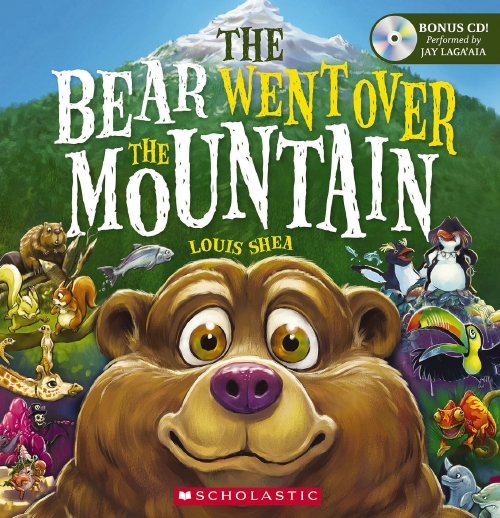Ten hopping bunnies with their egg and spoon
Ten hopping bunnies with their egg and spoon.
And if one hopping bunnies drops the egg too soon,
There’ll be nine hopping bunnies with their egg and spoon.
10 Hopping Bunnies uses the familiar rhythm and rhyme of ’10 Green Bottles’ and introduces a family of bunnies. One by one, the numbers reduce until there is only one bunny remaining. That bunny flees a storm and takes refuge in a warm burrow, and then joins all the other bunnies in a pillow-fight before bedtime. Numbers are spelt out in each verse of the rhyme, but the illustrations feature the number symbol. Illustrations are comical and feature anthropomorphic bunnies of all sizes, shapes and colours.
10 Hopping Bunnies joins several other counting books from Scholastic which use familiar tunes/rhymes and feature animals. The animals are childlike and complete activities that will be familiar to many children. And there’s always a family/group reunion at the end. Young readers will soon be singing and counting along and become familiar with the number name and symbol. Recommended for pre- and early-schoolers.

10 Hopping Bunnies, Ed Allen ill Simon Williams Scholastic Aust 2014 ISBN: 9781742836362




